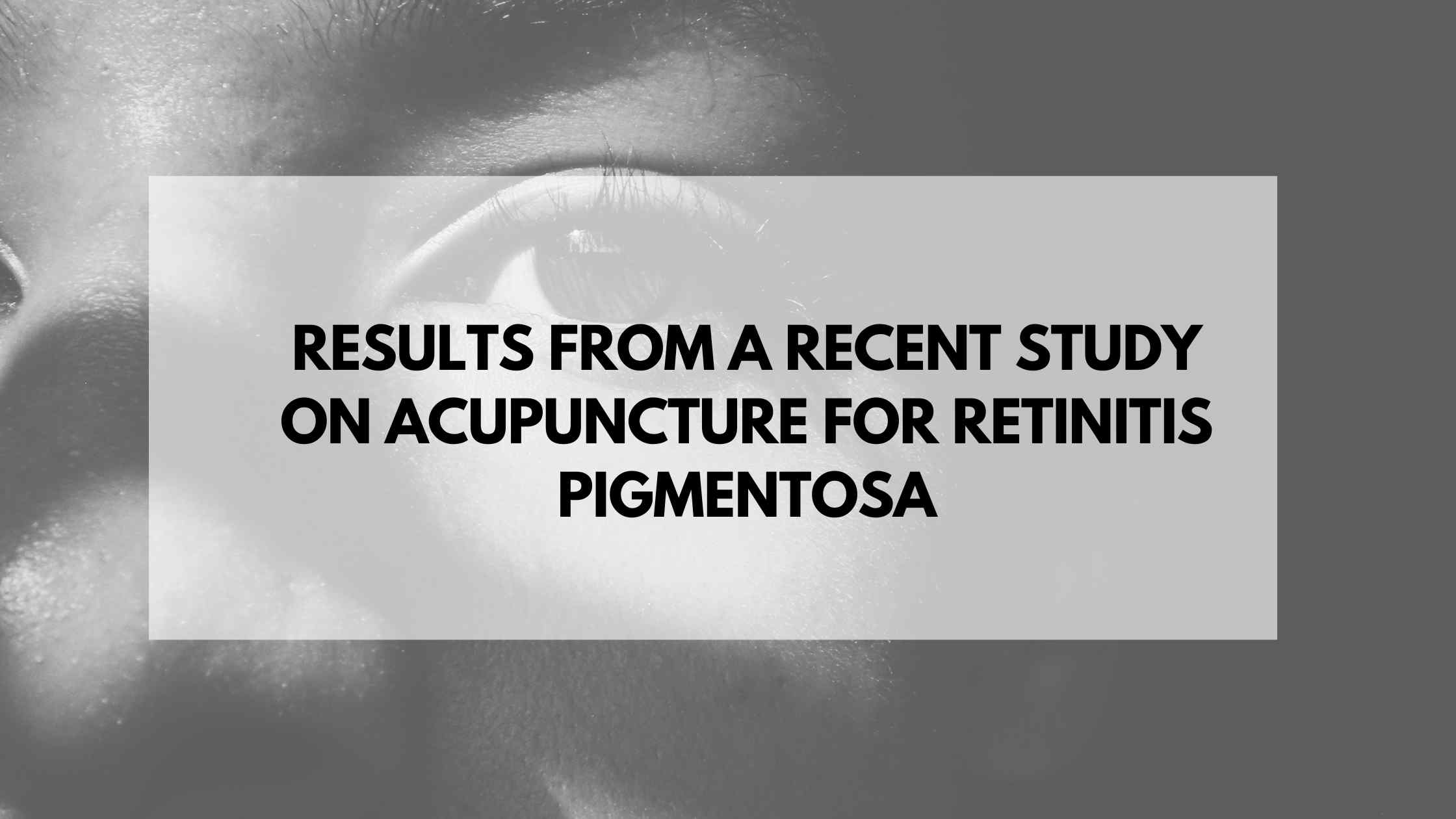
Results from a recent study on Acupuncture for Retinitis Pigmentosa
Retinitis Pigmentosa (RP) is a group of genetic disorders that affect the retina’s ability to respond to light, leading to a progressive loss of vision.

Retinitis Pigmentosa (RP) is a group of genetic disorders that affect the retina’s ability to respond to light, leading to a progressive loss of vision.
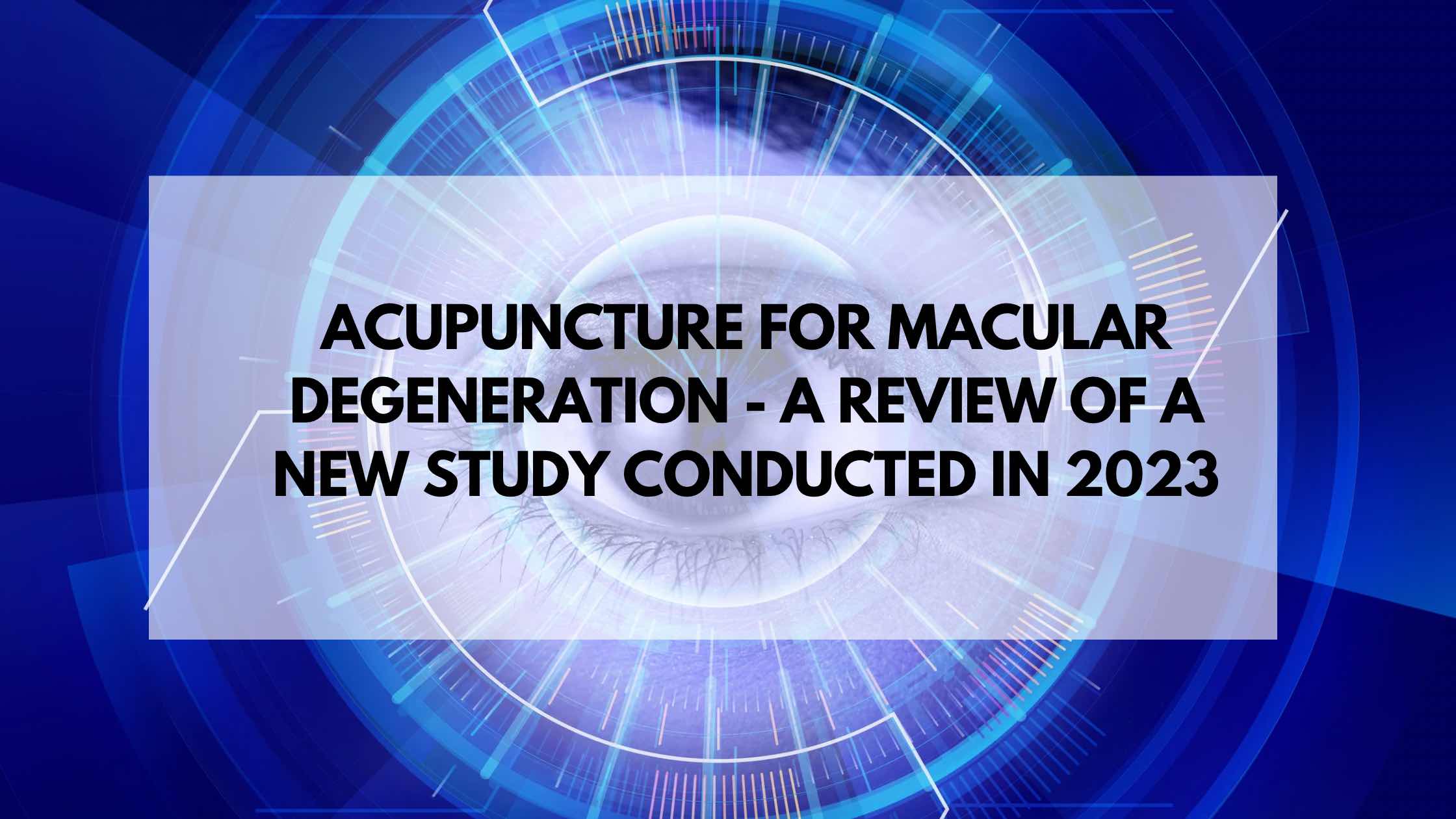
Are you or a loved one struggling with Age-Related Macular Degeneration, or AMD? It’s a challenging condition that can impact your quality of life and
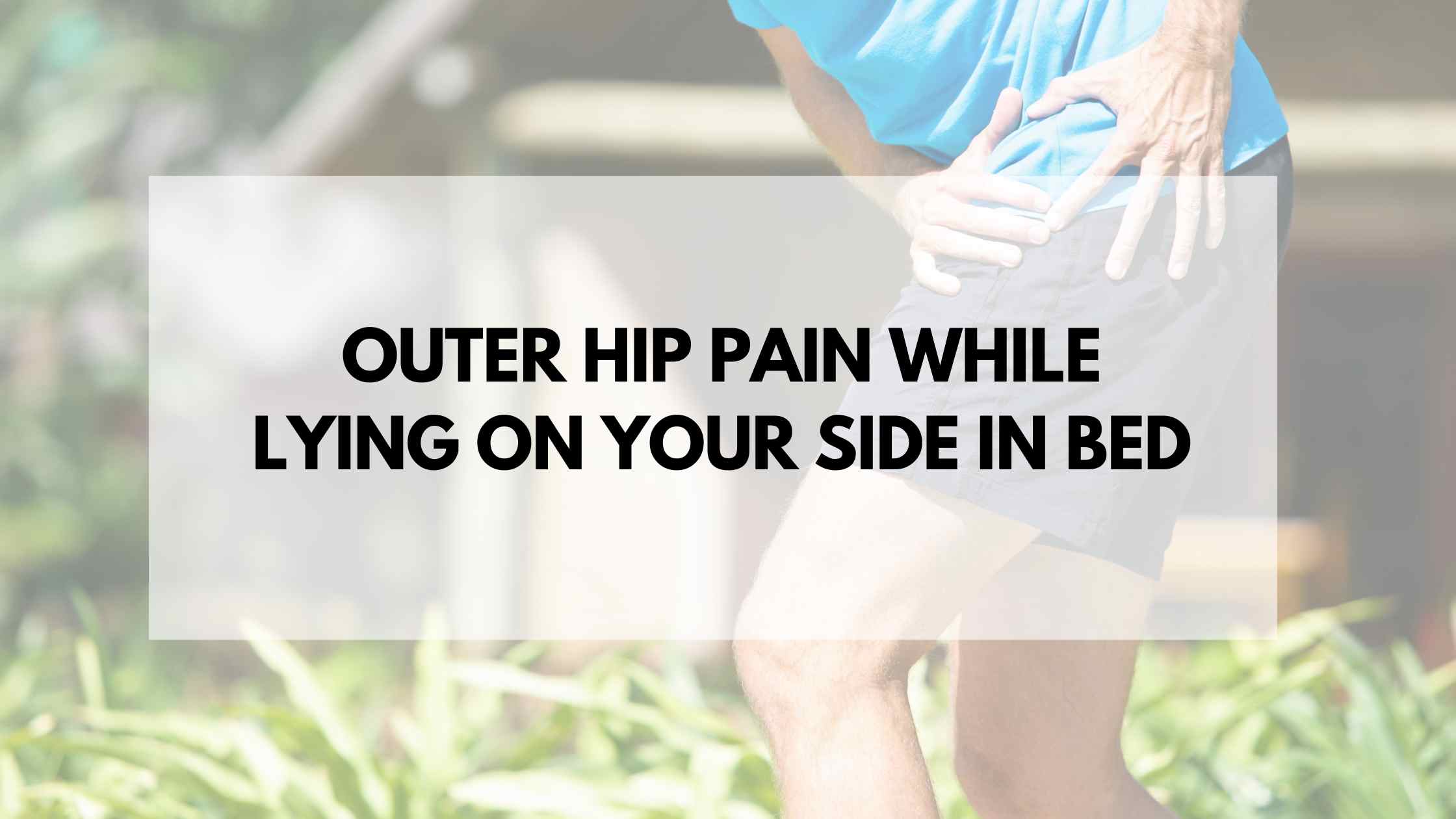
Experiencing outer hip pain when lying on your side in bed is a common issue that disrupts the peaceful slumber and leaves one tossing and turning all night. The primary culprit behind this discomfort is often `bursitis`, an inflammation of the small sacs of fluid (bursae) that cushion your hip joints. This condition not only ruins your tranquil nights but also impairs your ability to move freely during the day.
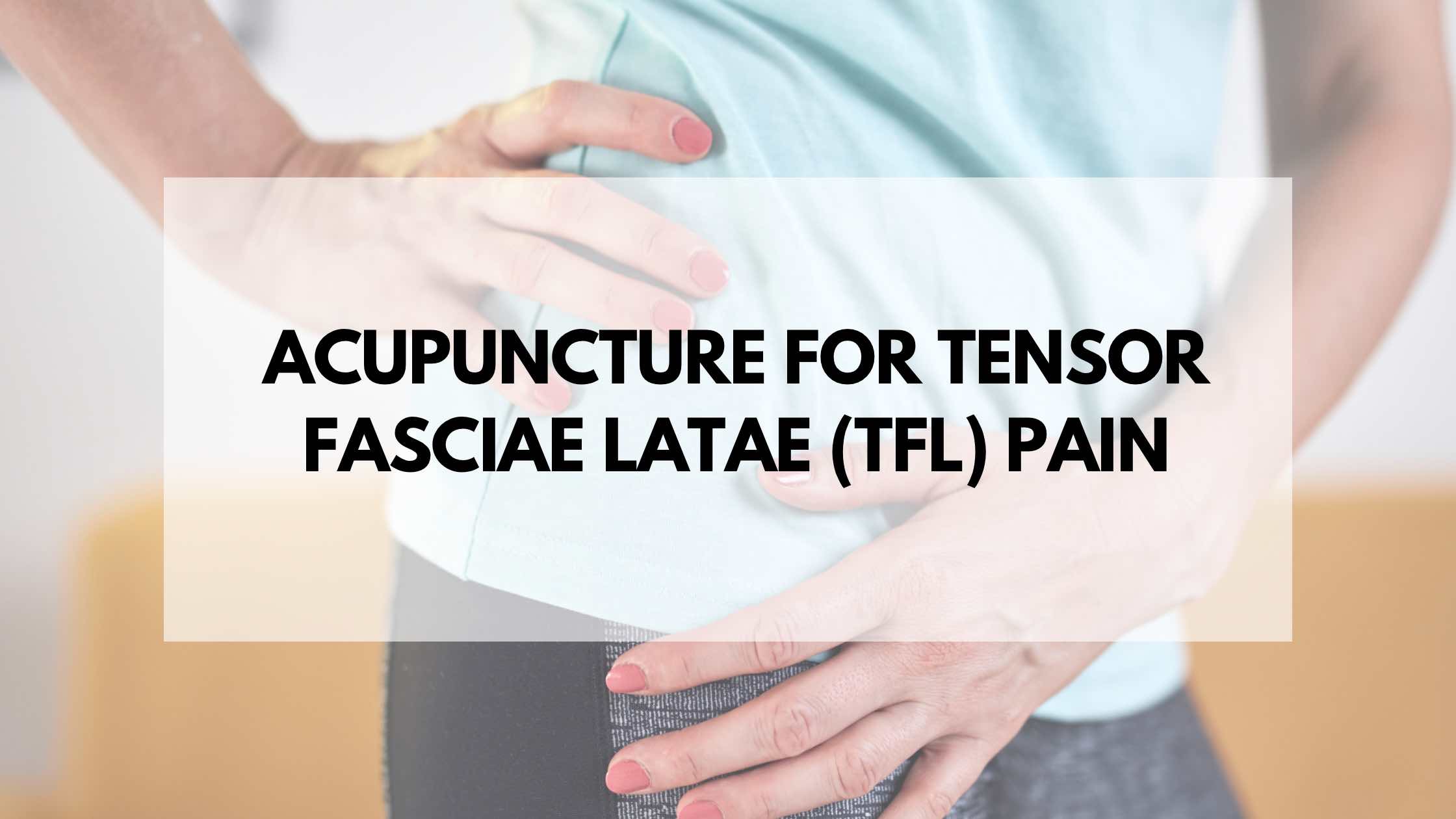
The Tensor Fasciae Latae (TFL) is a small muscle located in the hip and thigh region, playing a critical role in hip movement and stabilization. Arising from the anterior aspect of the iliac crest, it inserts into the iliotibial band, contributing to several key movements and functions of the leg.
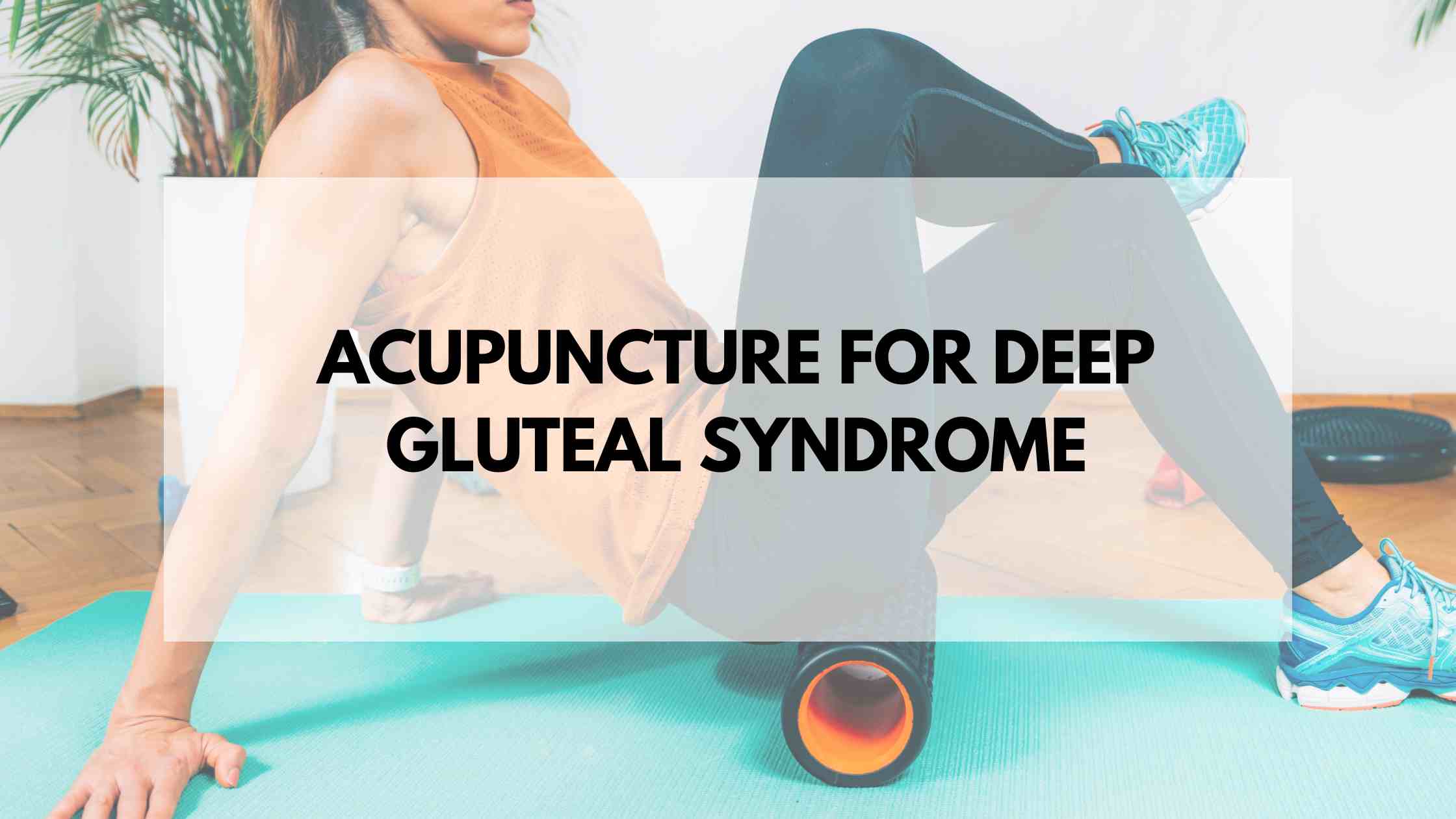
The journey to diagnosing Deep Gluteal Syndrome (DGS) can be a long and frustrating one filled with unanswered questions and a multitude of tests. As a patient, you may have spent months or even years visiting multiple healthcare providers, undergoing numerous invasive investigations with no clear diagnosis or relief from the persistent, debilitating pain in your buttock region. This convoluted process can leave you feeling exasperated, misunderstood, and desperate for a solution.
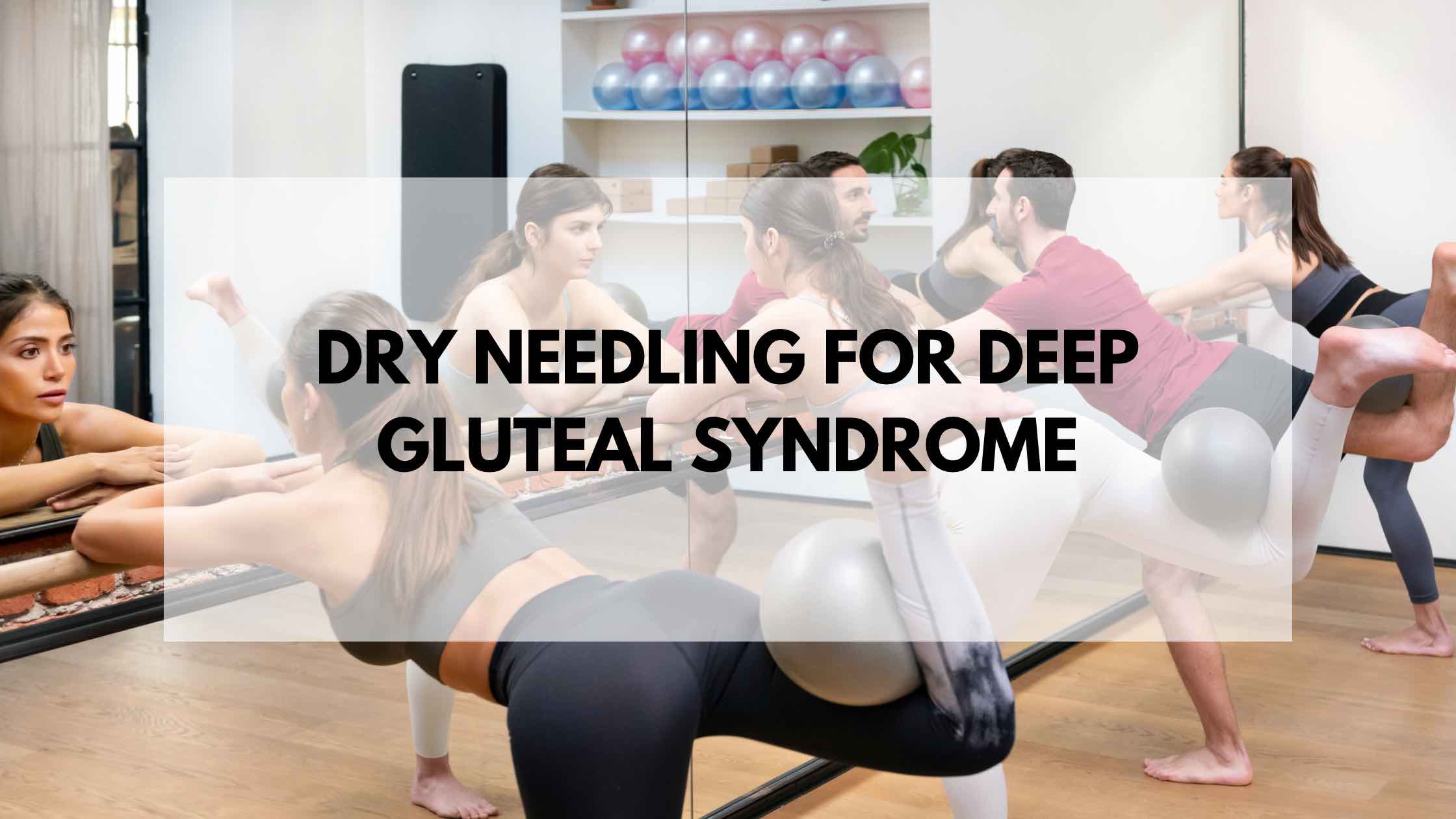
The journey to diagnosing Deep Gluteal Syndrome (DGS) can be a long and frustrating one filled with unanswered questions and a multitude of tests. As a patient, you may have spent months or even years visiting multiple healthcare providers, undergoing numerous invasive investigations with no clear diagnosis or relief from the persistent, debilitating pain in your buttock region. This convoluted process can leave you feeling exasperated, misunderstood, and desperate for a solution.
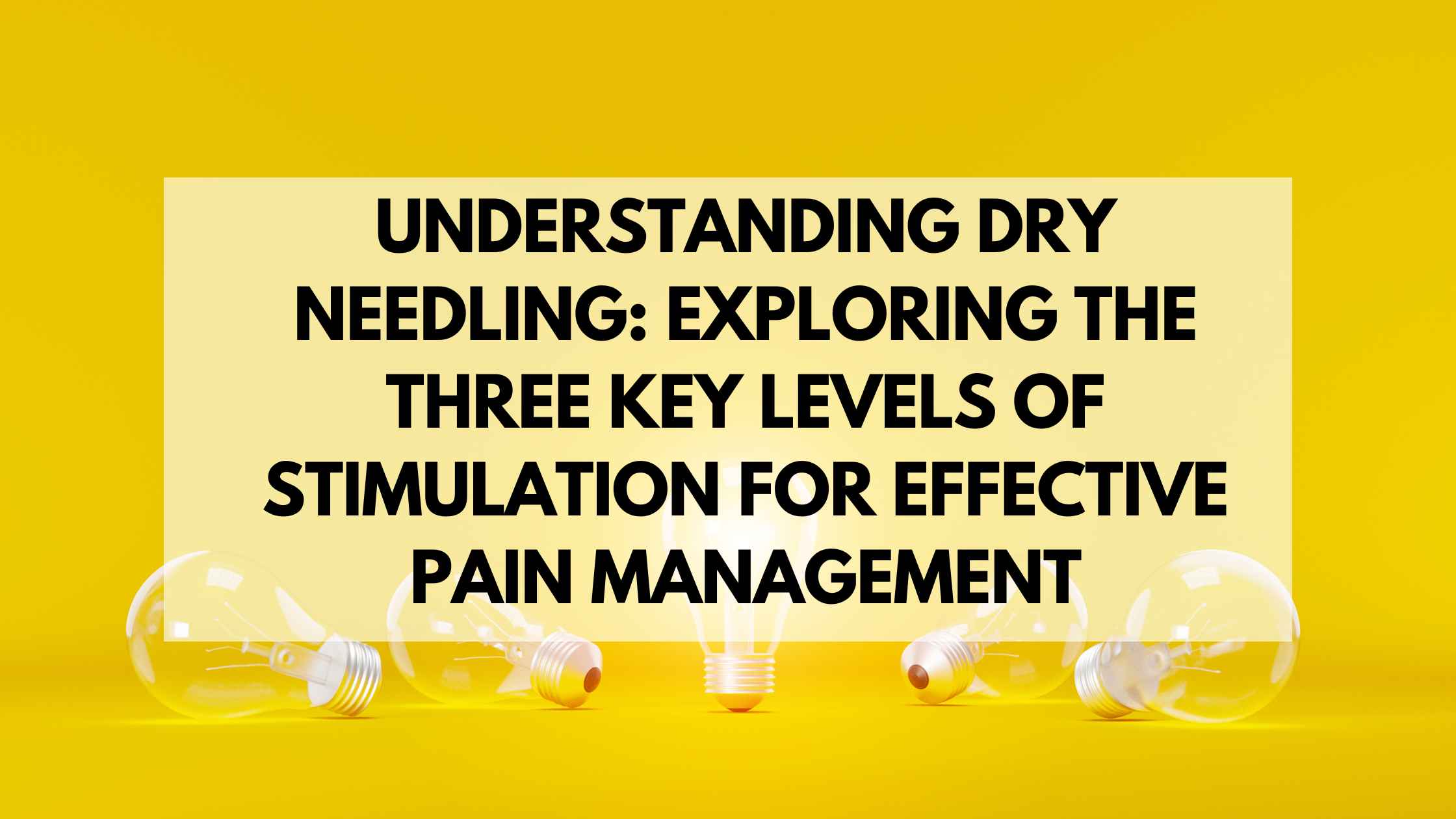
Millions struggle daily with chronic pain, seeking relief in various therapies with mixed results. Dry needling, a popular yet often misunderstood technique, stands out for
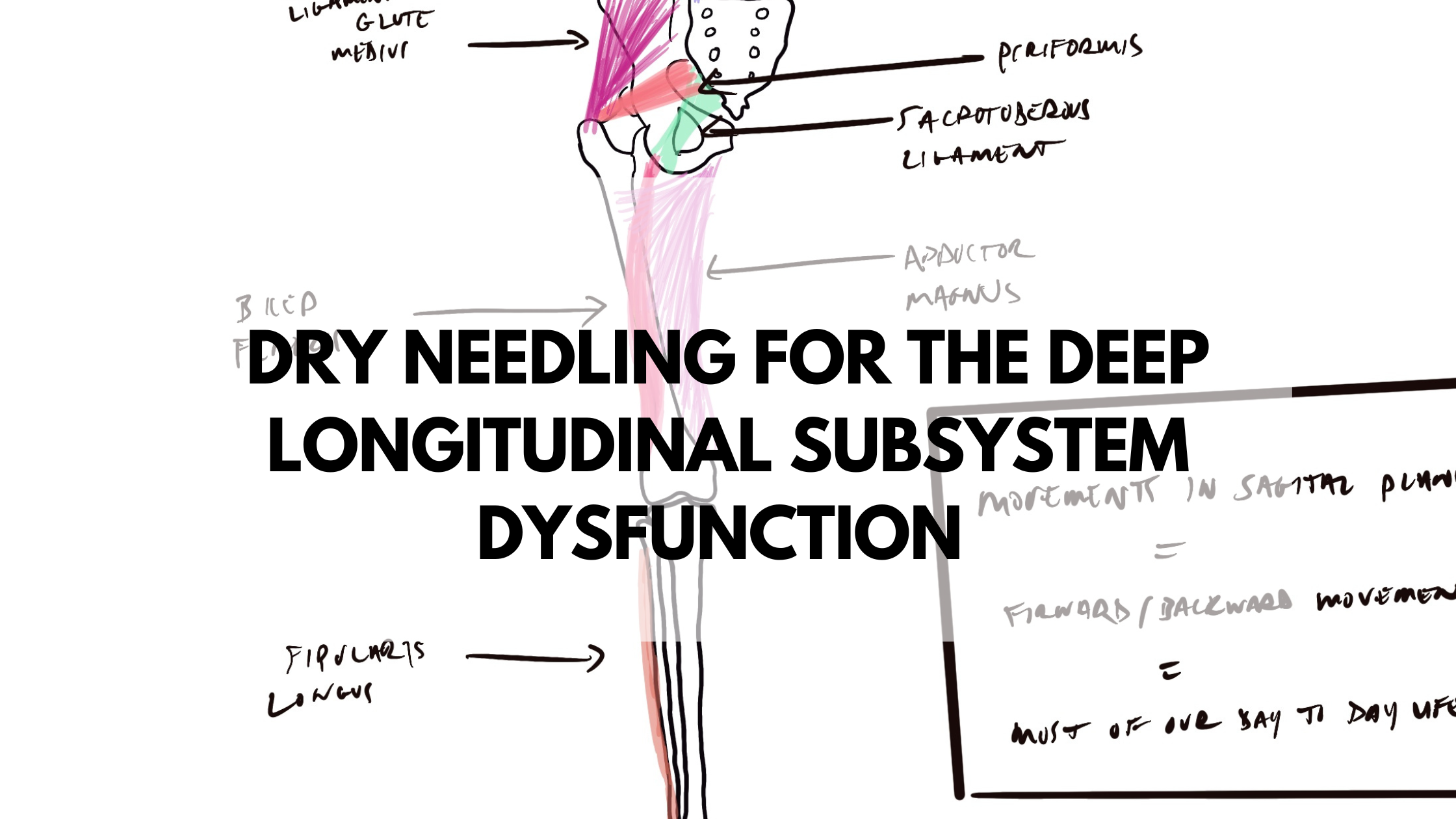
The deep longitudinal subsystem is group of muscles that have the ability to act as a powerful tensional element that helps absorb and disperse reaction
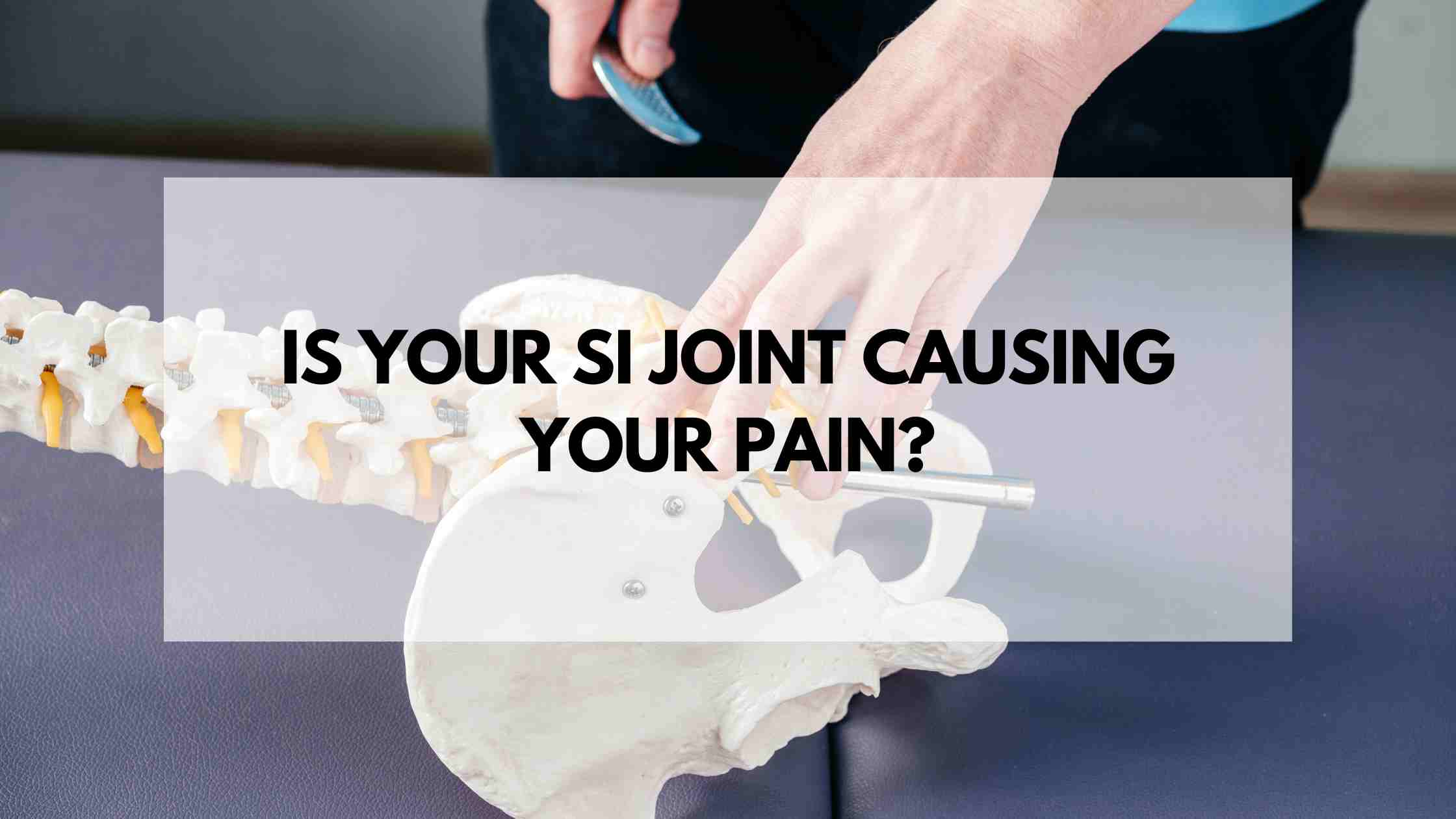
The SI joint, the ligaments that stabilize it and the cutaneous nerves near it and even low back and glute muscles can commonly cause pain in your low back that can be confused with SI joint pain.
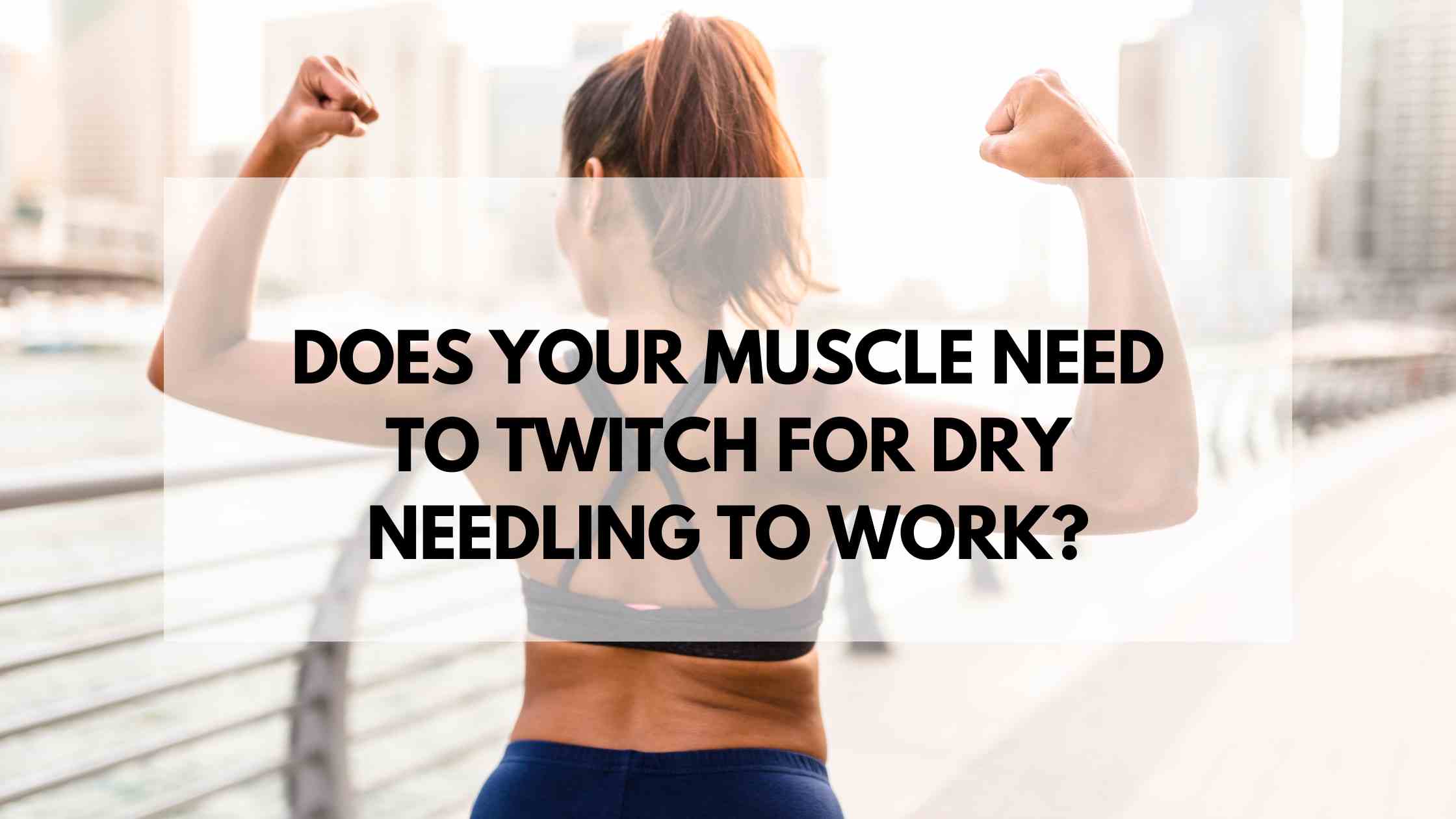
The short answer is, no it doesn’t. When it comes to dry needling, the second we insert a needle a whole cascade of changes happen both at the tissue and neuromuscular level that help you feel better. We get an almost instant change in blood flow and a whole bunch of neuro-peptides that help you feel better.
See our Privacy Policy for details on how we handle your information
